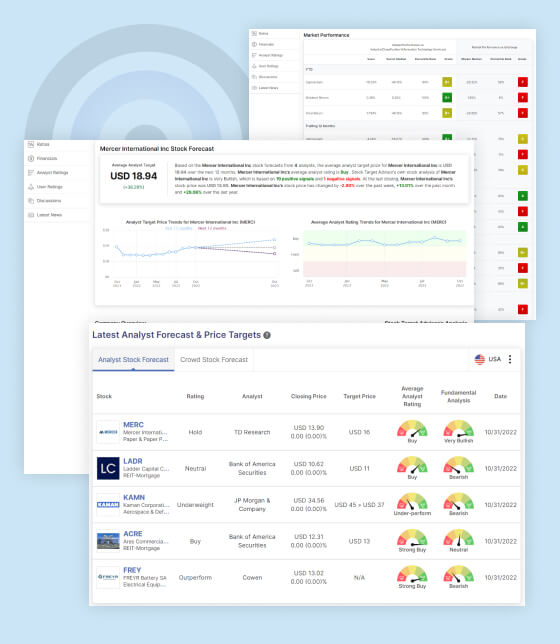Market Valuation
The S&P 500 (^GSPC) has posted two consecutive years of gains, 2023 and 2024, exceeding 20%, reminiscent of the 1997-1998 period, which raises questions about whether today’s market is experiencing a similar bubble. To assess this, it’s essential to examine parallels and differences between the two periods, considering economic, market, and investor behavior factors.
Key Similarities
- Strong Market Momentum:
- In both periods, the stock market experienced robust momentum. The late 1990s saw a surge driven by the dot-com boom, while the recent gains in 2023 and 2024 have been fueled by technological advancements, particularly in artificial intelligence (AI), cloud computing, and semiconductors.
- Speculative Behavior:
- As in the late 1990s, some areas of the current market show speculative characteristics. Companies with limited earnings or unproven business models, particularly in AI and tech, have seen sharp valuation increases, reminiscent of the dot-com era.
- Concentration in Tech:
Key Differences
- Earnings and Valuations:
- While the late 1990s were characterized by companies with sky-high valuations and little to no earnings, today’s market leaders generally boast strong profitability and resilient cash flows. For instance, mega-cap tech companies have robust balance sheets, providing a cushion against market volatility.
- Economic Environment:
- The late 1990s coincided with low inflation, strong economic growth, and minimal geopolitical tension. By contrast, today’s market faces inflationary pressures, high interest rates, and geopolitical risks, including the U.S.-China rivalry and conflicts in Eastern Europe.
- Interest Rates:
- The 1990s saw relatively low interest rates, which supported higher equity valuations. In contrast, 2024 is characterized by tighter monetary policies as central banks combat inflation. Despite these higher rates, markets have shown resilience, supported by expectations of AI-driven productivity gains.
Bubble Indicators
- Valuation Multiples:
- Some sectors, especially AI and tech, have high price-to-earnings (P/E) ratios. However, the overall market’s valuation metrics are more reasonable compared to the dot-com bubble, partly because earnings growth has kept pace with stock prices for many leading firms.
- Retail Investor Behavior:
- Retail trading volumes remain elevated, fueled by social media and zero-commission platforms, echoing the speculative fervor of the late 1990s. However, the presence of institutional investors and algorithmic trading has tempered some speculative excess.
- Market Breadth:
- In 1997-1998, market gains were more broadly distributed across sectors. Today, the market rally is narrower, with a handful of large-cap tech names accounting for most of the S&P 500’s gains, which raises concerns about sustainability.
Outlook and Risks
While there are speculative elements in today’s market, it does not exhibit the same level of irrational exuberance as the late 1990s quite yet. The broader economy, corporate profitability, and structural differences in monetary policy create a more grounded foundation for the current rally. However, several risks could derail the market:
- Economic Slowdown: Persistent inflation or an over-tightening of monetary policy could weaken consumer demand and corporate profits.
- Earnings Growth Expectations: If earnings growth fails to meet elevated expectations, particularly in tech, valuations could compress sharply.
- Geopolitical Risks: Uncertainty around global conflicts and trade tensions could weigh on sentiment.
Final Considerations
The S&P 500’s recent performance evokes comparisons to the late 1990s, but today’s market is fundamentally stronger, supported by profitable companies and a more mature economic framework. However, pockets of speculative excess, particularly in tech, warrant caution. While the market may not be in a full-blown bubble, investors should remain vigilant and diversify portfolios to mitigate potential risks.

STA Research (StockTargetAdvisor.com) is a independent Investment Research company that specializes in stock forecasting and analysis with integrated AI, based on our platform stocktargetadvisor.com, EST 2007.













































